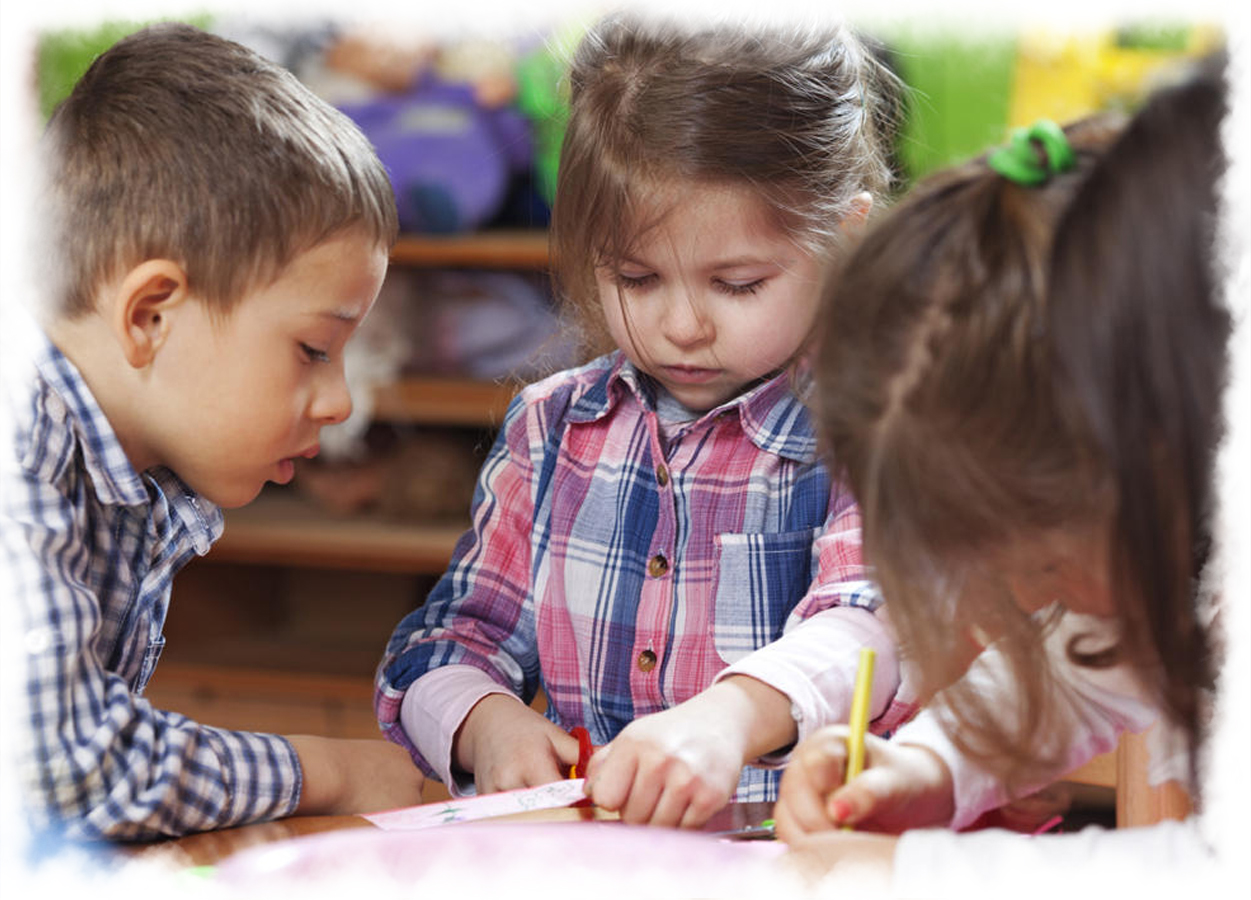 Kinderpillar has become the first one to introduce STEAM- the most advanced practices in early childhood education in India. STEAM is an acronym used originally by the US government to describe fields of study that helped immigrants get work visas: Science, Technology, Engineering, Arts and Math. Today, educators are linking these areas together in what is called STEAM curriculum.
Kinderpillar has become the first one to introduce STEAM- the most advanced practices in early childhood education in India. STEAM is an acronym used originally by the US government to describe fields of study that helped immigrants get work visas: Science, Technology, Engineering, Arts and Math. Today, educators are linking these areas together in what is called STEAM curriculum.
When we break down the acronym into its parts; we see that early childhood programs practice STEAM activities every day.
Young children are natural scientists, investigators and wonderers.
They are constantly exploring their world as from these three aspects.
SCIENCE-Science activities include exploring water and sand, comparing and contrasting natural materials like rocks and soil, rolling balls across the room, and looking through a magnifying glass to count how many legs are on the bug that was caught during outdoor play.
Technology-Technology activities include computers, but also identifying simple machines like gears and wheels and pulleys. Even household tools in the kitchen or workshop are a part of technology. Digital cameras are used to record their explorations.
Engineering-Engineering in preschool happens in the block area. There children are planning and designing structures every day with little teacher direction. Children explore the concepts of balance and symmetry as they try to build a tower.
Math-Math activities include counting and matching shapes and making patterns. They also include sorting and classifying, seriating and sequencing.
Measuring is easy too, especially with unit blocks where two of one size equal one of the next size up.
